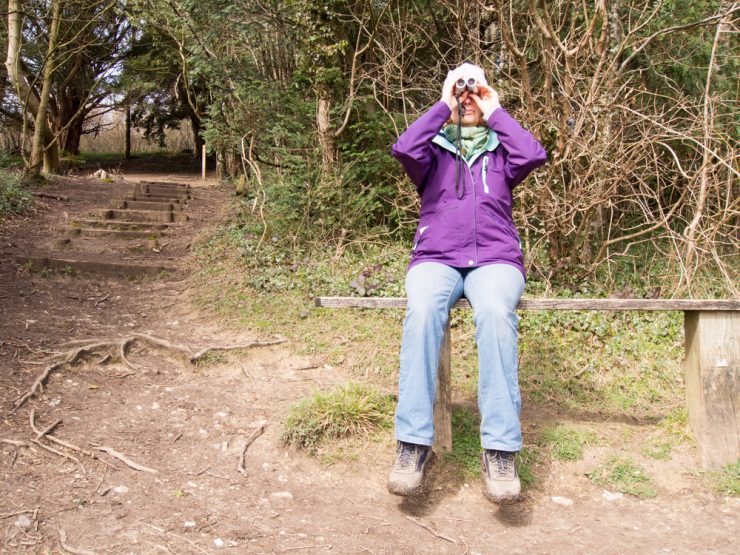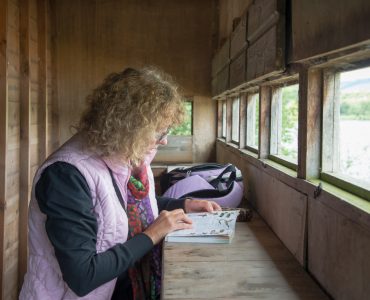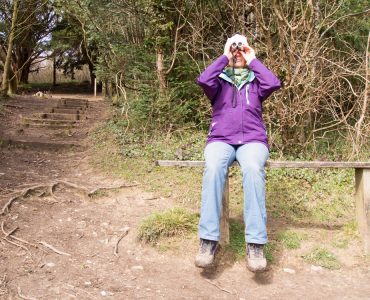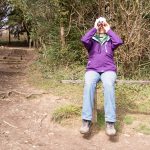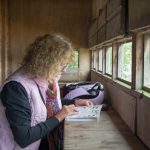The crossbill is a type of finch, heavily built and quite large. The bill is larger than other finches, and has thick mandibles which are crossed near its tip. The mandible at the lower side has a tendency to bend towards either side. The tail feathers of the bird are a highly forked structure. The male and female birds are differently coloured. The male is a brick red coloured bird, with a slighter brighter shade of the rump and the crown. The tail feathers as well as the wings of the male bird are a dark brown in colour. The female bird on the other hand is a greyish green shade, with its rump paler as compared to the male. The wings, the back portion and the tail are a dark greyish brown tinge.
The young juveniles differ from their parents, being mainly greyish brown in colour and having highly streaked shades on their underbelly. The crossbill has another close family species known as the Scottish Crossbill, which is found only in the Caledonian forests in the northern regions of Scotland. Both birds are very similar in size and appearance. The bird is known by its scientific name of Loxia Curvirostra, and grows to lengths of 16.5 cm, weighing around 34 to 38 grams. The bird’s wing span is a huge 27 to 30 cm. They are found all year round in the British regions, and have been declared in the green status.
The crossbill’s call is a very distinctive sound, sounding like a ‘jip jip jip’. The song of the bird is also distinctive which the bird can produce when in flight or even when it is perched on a branch. The song is like a soft twittering, consisting of repeated short trill like sounds. The crossbills are not very sedentary, and tend to move around from one part of the forest to another due to the cone crops being highly sporadic. They undergo migration only once in a year, which is normally in the month of July, which is mainly in the quest for finding ripe cones when their own area has been deprived of it.
The crossbill feeds mainly on conifer seeds as is obvious from their bill being crossed. They specialise in the pine trees, the spruce plant and the larch. However, they do feed on other seeds from time to time, as well as certain berries and small animals. The nature of these cone crops are very sporadic, and can differ in existence from one area to another, thus giving the birds their nomadic reputation.
The nests of the crossbill is a tiny cup shaped structure made by the female bird, using their favourite, conifer twigs, plus lichen, moss and other grasses. Then inside of the nest is lined with softer type of grass, wool and hair as well. They are generally made very high up on the conifer plants. Their breeding period begins in the month of January, and the incubation and feeding of the young offspring is handled by both the parents.


